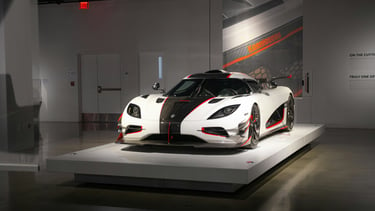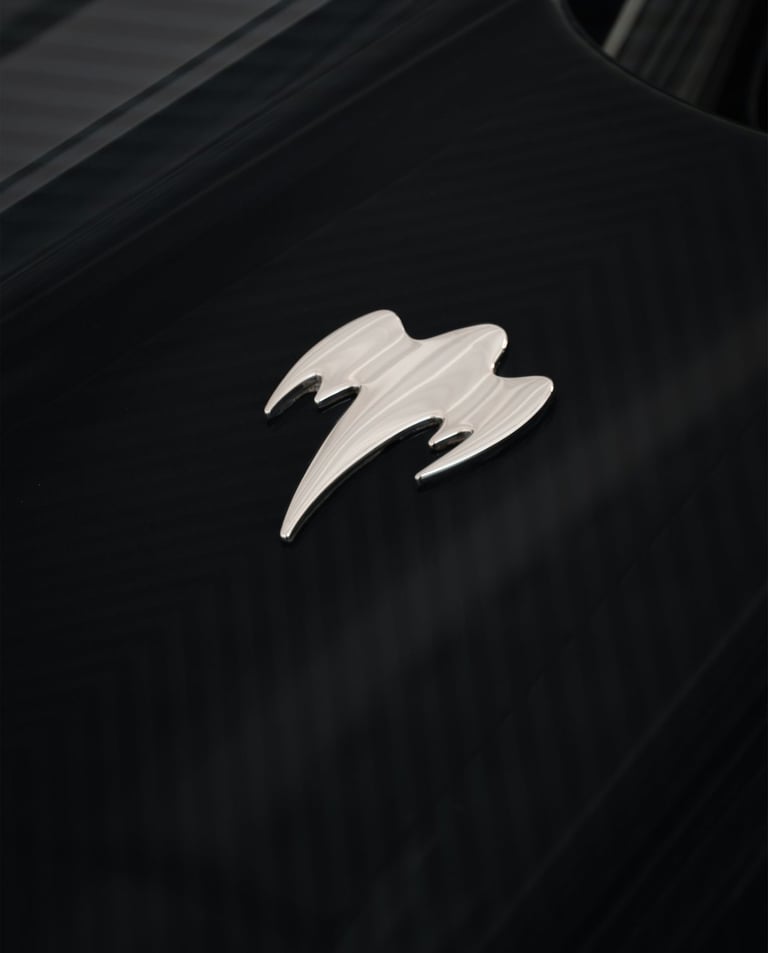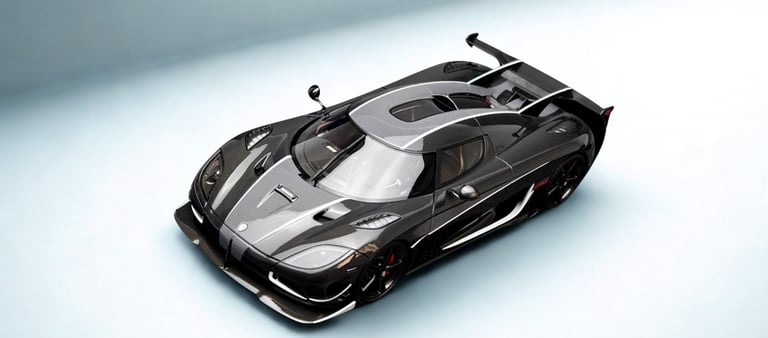Koenigsegg Agera Miniature 1:18: The Swedish hypercar that redefined speed and innovation
en we think of hypercars, names like Bugatti, Pagani, and Ferrari come to mind. But it was Sweden, through Koenigsegg, that surprised the world with a car capable of challenging all these giants: the Agera. Introduced in 2010, the Agera combined bold design, innovative engineering, and surreal speeds, setting records and cementing Koenigsegg as one of the most respected brands in the automotive world.
CARS & CLASSIC
Driven Vault
9/4/20252 min read


History and Origin
The Koenigsegg Agera was launched in 2010 at the Geneva Motor Show as the successor to the Koenigsegg CCX. Its name comes from the Swedish word agera, meaning "to act" or "to make happen"—a philosophy that perfectly captures the boldness of Christian von Koenigsegg, the brand's founder.
With production limited to a few dozen units per year, each Agera was practically handcrafted, with an extreme level of customization to meet the needs of exclusive customers.
The model quickly stood out for its unprecedented technologies and legendary speed, becoming a direct rival to the Bugatti Veyron in the race for supercar supremacy.
Exclusivity and Cultural Impact
The Koenigsegg Agera isn't just a fast car: it's an icon of innovation. Its production was extremely limited, with only 53 units in total between 2011 and 2018, including special versions such as the Agera R, Agera S, and Agera RS.
This level of exclusivity has made it one of the most sought-after hypercars on the planet, sought after by collectors and enthusiasts.
Rare Curiosities
Exclusive Doors: Koenigsegg's synchronized dihedral doors are patented and have become one of the car's most iconic features.
Flexible Fuel: Some versions of the Agera can run on E85 ethanol, increasing engine power.
Historical Records: The Agera RS was considered the fastest production car in the world for years.


Design and Engineering
The design of the Koenigsegg Agera follows the brand's unique visual identity: futuristic lines, refined aerodynamics, and a stance of pure aggression.
Visual highlights:
Lightweight and durable carbon fiber body.
Synchronized dihedral doors, which open forward and upward, a Koenigsegg trademark.
Sharp headlights and a muscular rear end, conveying modernity and sportiness.
Minimalist and luxurious interior, featuring leather, brushed aluminum, and carbon fiber.
Innovative engineering:
Carbon fiber monocoque-based structure.
Active aerodynamics, with adjustable elements to maximize downforce.
Adjustable suspension for track and road use.
Advanced lubrication system and proprietary technologies developed by the brand.
Technical Specifications
What makes the Agera even more impressive is its mechanics. With a twin-turbo V8 engine and lightweight construction, it achieves performance that defies logic.
Engine: 5.0-liter twin-turbo V8
Power: 940 hp (base version) / up to 1,341 hp in the Agera RS (nicknamed "Megacar")
Torque: 1,100 Nm (standard) / up to 1,370 Nm in the RS
Weight: approximately 1,330 kg
Transmission: 7-speed automatic with dual clutch
0–100 km/h (0–100 km/h) acceleration: 2.8 seconds
Top speed: over 440 km/h (world record in 2017 with the Agera RS)
Approximate price: between US$1.5 million and US$2.5 million, depending on the version
The Agera RS, the most extreme version, entered the Guinness World Records by reaching 447.19 km/h (278.1 mph) on a public road in Nevada, USA, in 2017.


